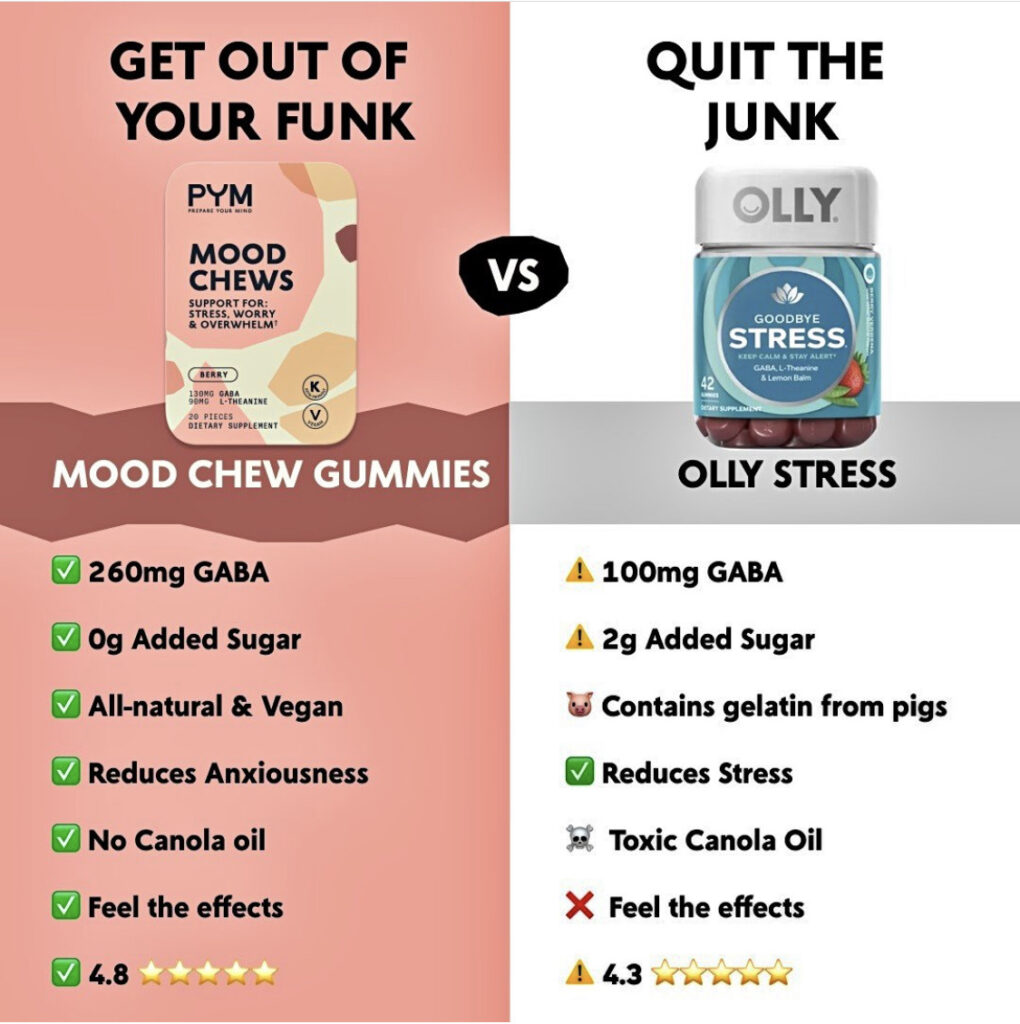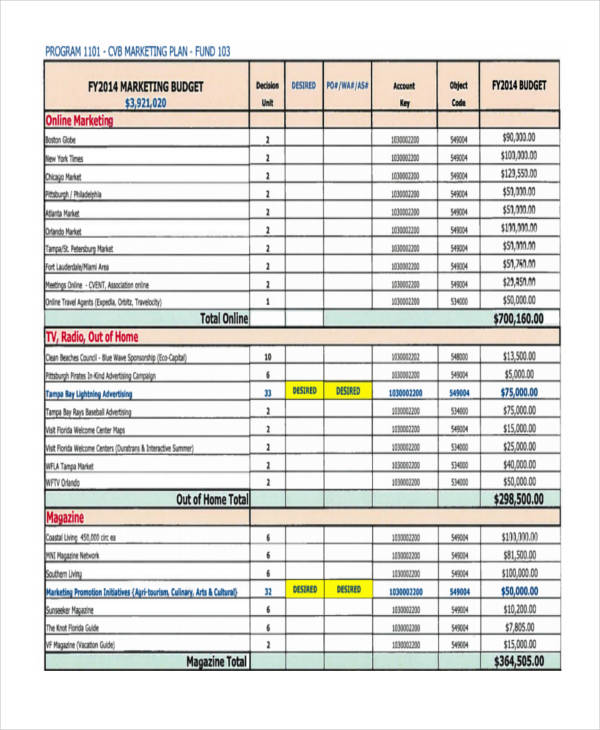Budget Planner for Herbacap Supplement Ads
Launching a supplement brand like Herbacap isn’t just about having a great formula—it’s about getting it in front of the right people, at the right time, through the right ad channels. If you’re selling herbal supplements online and not actively planning your ad budget, you’re not just missing opportunities—you’re leaking cash.
At NeuroTechInsider.com, we specialize in analyzing how non-invasive wellness devices and supplements perform in the real world—and advertising plays a massive role in that journey.
This article walks you through a complete, practical budget planner for ads that can drive Herbacap supplement sales—whether you’re running lean or ready to scale fast.

1. Why Ad Budgeting Is Critical for Supplement Sales
The herbal supplement space is hyper-competitive, and ad costs are rising across every major platform. The only way to play smart—and win—is with a razor-sharp advertising strategy.
“You don’t need the biggest ad budget—you need the smartest one.”
- Regulations are strict—one slip-up in your messaging can get your ads banned.
- Platforms like Google and Meta prioritize high-performing, relevant ads.
- Users are skeptical—you must earn their trust fast.
That’s why creating a strategic ad budget tailored to your brand’s stage—starter or growth—is not optional. It’s essential.
1.1 The Herbacap Challenge: Selling Without Over-Spending
Herbacap isn’t a household name yet. You’re likely working with limited visibility and modest margins. That’s where smart targeting and performance-focused ad planning come in.
You’re not just competing with other herbal products—you’re battling noise from influencers, pharma-backed brands, and generic supplements on Amazon.
1.2 Marketing Supplements: Legal, Competitive & Expensive
Supplements live in a sensitive advertising category. According to the FDA’s Supplement Advertising Guidelines, your ads must avoid:
- Unsubstantiated health claims
- Language that suggests curing diseases
- Before-and-after testimonials without disclaimers
Instead, focus on outcomes like energy, stress relief, or mood support—and make sure everything is backed by real data or user experiences.
2. Recommended Monthly Ad Budgets
There’s no one-size-fits-all formula, but there is a framework. Below is a breakdown of ad budget levels depending on your business stage:
2.1 Starter vs Growth Budgets
2.1.1 Starter Budget: $500–$2,000/month
- Ideal for new brands or early-stage launches
- Focus on one to two channels (e.g., Google Search + Facebook Retargeting)
- Use organic + paid combo to stretch visibility
2.1.2 Growth Budget: $2,000–$10,000+/month
- Scale across Google, Meta, and Shopping platforms
- Invest in ongoing creative/content production
- Use tools like ROAS tracking, A/B testing, and CRM-based lookalike targeting

3. Channel-Wise Budget Allocation
If you’ve got a $2,000 monthly ad budget for Herbacap, here’s a strategic breakdown based on industry best practices:
3.1 Sample Breakdown of a $2,000 Monthly Ad Spend
| Channel/Activity | % of Budget | Monthly Spend | Purpose |
|---|---|---|---|
| Google Search Ads | 40% | $800 | Capture high-intent buyers with keyword targeting |
| Google Shopping Ads | 25% | $500 | Showcase product images to drive direct purchases |
| Meta (Facebook/IG) | 20% | $400 | Build awareness, educate, retarget |
| Display/Retargeting Ads | 10% | $200 | Convert cart abandoners and site visitors |
| Creative Production | 5% | $100 | Update ad visuals, copy, and compliance |

4. Strategic Planning by Funnel Stage
To maximize ROI, align your ads with your customer’s purchase journey. Here’s how:
4.1 Top-of-Funnel: Awareness
- Use Meta Ads, YouTube, influencer seeding
- Goal: Get Herbacap in front of new eyeballs
- Focus on storytelling, ingredient benefits, lifestyle visuals
4.2 Mid-Funnel: Consideration
- Deploy Google Search & Shopping ads targeting keyword phrases like “natural supplement for anxiety” or “plant-based energy booster”
- Drive traffic to optimized landing pages
- Include testimonials and trust badges
4.3 Bottom-of-Funnel: Conversion
- Retarget users who visited your site but didn’t convert
- Use limited-time offers, urgency messages, and dynamic product ads
- Track cost per acquisition and A/B test call-to-actions
Stay tuned for the second half of this in-depth guide, where we’ll cover:
- Budget tracking templates you can download instantly
- Proven tips to boost return on ad spend (ROAS)
- Compliance-safe messaging frameworks

Looking to track your Herbacap ad spend like a pro? Download these free templates from Smartsheet.
5. Budget Tracking and KPIs
Tracking your ad spend without monitoring performance is like driving blindfolded. You need clear, actionable KPIs that tell you what’s working—and what’s wasting your budget. A structured ad budget table is your command center.
5.1 Monthly Budget Table Template
Use a simple but powerful format to see how each channel is performing. This isn’t just about keeping records—it’s about optimizing on the fly.
| Activity/Channel | Budget ($) | KPI to Track | Notes |
|---|---|---|---|
| Google Search Ads | $800 | CPA, ROAS, Clicks | Use intent-based keywords like “herbal supplement for focus” |
| Google Shopping Ads | $500 | Sales Volume, ROAS | Highlight best-selling Herbacap SKUs |
| Meta (FB/IG) Ads | $400 | Engagement, CPA | Use carousels, testimonials, and lifestyle creatives |
| Retargeting/Display | $200 | Conversion Rate | Target users who added to cart but didn’t buy |
| Creative Production | $100 | CTR, Ad Quality | Test new visuals monthly to fight ad fatigue |
Want a plug-and-play version? Grab a ready-to-use free Smartsheet template to track your campaigns in real-time.
6. Compliance Tips for Supplement Ads
The #1 reason supplement ads get rejected? Non-compliance. Platforms like Meta and Google have strict rules for health product ads, and they change frequently.
6.1 What You Can & Can’t Say (Legally)
- DO highlight benefits like “supports relaxation” or “promotes energy”
- DO NOT say “cures anxiety” or “treats ADHD”
- DO use third-party reviews and data for social proof
- DO NOT fake endorsements or before-after results
6.2 Avoiding Medical Claims
“Helps reduce stress and improve mood with plant-based ingredients” is okay.
“Treats depression without side effects” will get you banned.
When in doubt, review the FDA’s guidelines and stay aligned with their structure-function claim policies.
7. Optimization Tactics to Maximize ROI
Even with the best plan, your first ad set is rarely your best performer. That’s why continuous testing and agile adjustment are key to scaling Herbacap profitably.
7.1 Test Creatives, Headlines, Audiences
- Use A/B testing tools in Facebook Ads Manager and Google Ads
- Swap out visuals weekly if CTR drops
- Test user-generated content vs polished designs
7.2 Track ROAS and Reallocate Spend
Every week, identify your top-performing channels and shift more budget there. If Google Shopping delivers a ROAS of 5.0 and Meta is stuck at 1.2—guess where your next $200 goes?
7.3 Leverage Seasonality for Better Performance
- Winter: Focus on immunity, stress, and energy support
- Spring: Target detox, mood balance, hormonal reset
- Summer: Push hydration, skin, and energy blends
Plan promos around seasonal themes and sync them with paid campaigns for maximum synergy.
8. Free Tools and Budgeting Templates
Don’t reinvent the wheel. These free tools can save you hours of work and streamline your campaign management:
8.1 Where to Get Templates
8.1.1 Google Sheets Budget Format
Create a collaborative ad tracking doc with Google Sheets. This is great for teams, especially if you’re working with freelancers or agencies.
8.1.2 Excel Budget Templates
Prefer offline? Microsoft’s templates offer robust tracking, conditional formatting, and ROI calculators.
9. Conclusion: Scale Herbacap Without Wasting Budget
If you’re ready to grow Herbacap, there’s no getting around it—ad budgeting is your launchpad. With a focused plan, flexible strategy, and proper tools, you don’t have to outspend competitors—you just have to outsmart them.
At NeuroTechInsider.com, we’ve seen firsthand how smart campaigns can transform brand awareness and conversion rates for wellness brands. Use this planner, apply the compliance tips, and always test.
9.1 Key Takeaways
- Start with a clear, channel-specific ad budget
- Measure KPIs like ROAS, CPA, and CTR weekly
- Use retargeting and funnel strategies to increase conversion
- Stay compliant with FDA and ad platform policies
9.2 Next Steps for Your Brand
- Download your free ad budget planner
- Run a creative audit and refresh underperforming assets
- Set up your Google and Meta ads based on funnel stage
❓ Frequently Asked Questions (FAQs)
How much should I spend on ads as a new supplement brand?
Start with $500–$2,000/month. Focus on 1–2 platforms (like Google Search + Facebook Retargeting) and build from your best performers.
Which platform works best for supplement ads?
Google Search Ads for high-intent buyers and Meta (Facebook/Instagram) for retargeting and education are your two strongest pillars.
Can I use customer testimonials in ads?
Yes, but follow platform rules—don’t make medical claims or show dramatic transformations without disclaimers. Stay authentic and specific.
What’s the biggest ad mistake supplement brands make?
Overspending on cold traffic and underutilizing retargeting. It’s 10x easier to convert someone who’s already visited your product page.
Need more support planning your ad strategy? Head back to NeuroTechInsider.com for deeper breakdowns, real-world case studies, and proven frameworks for growing supplement and wellness tech brands—without burning through your ad budget.
